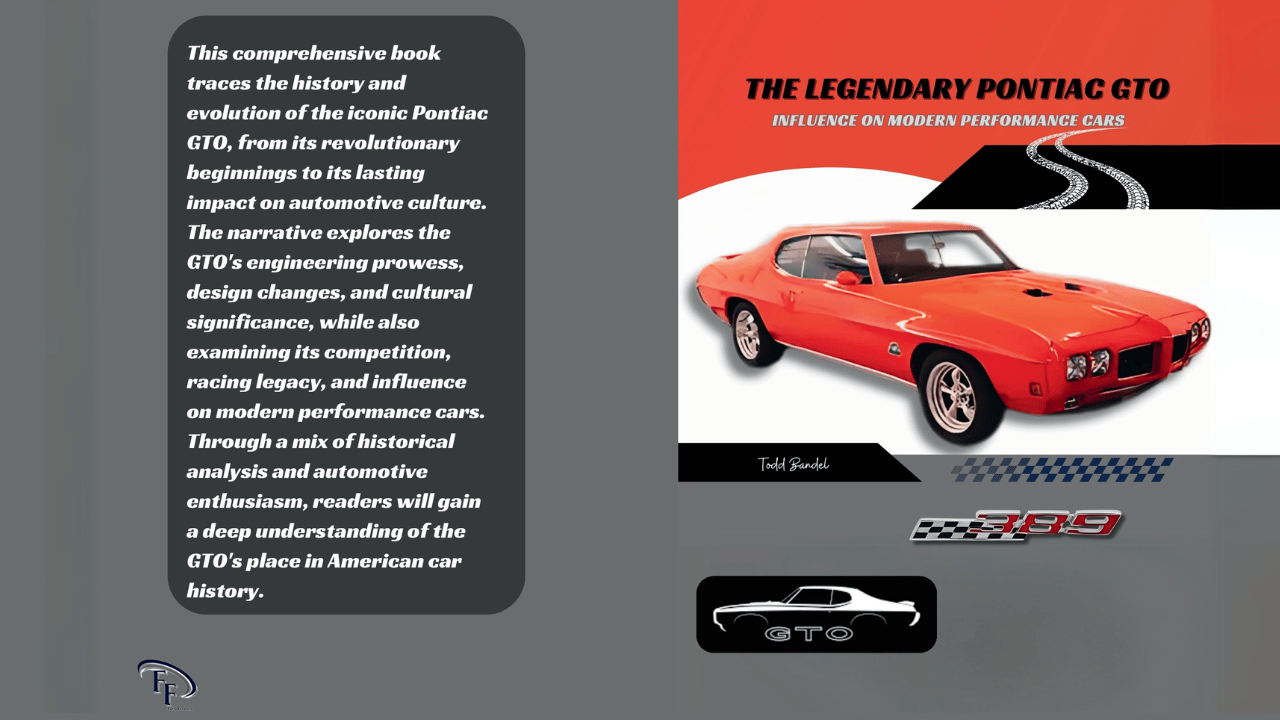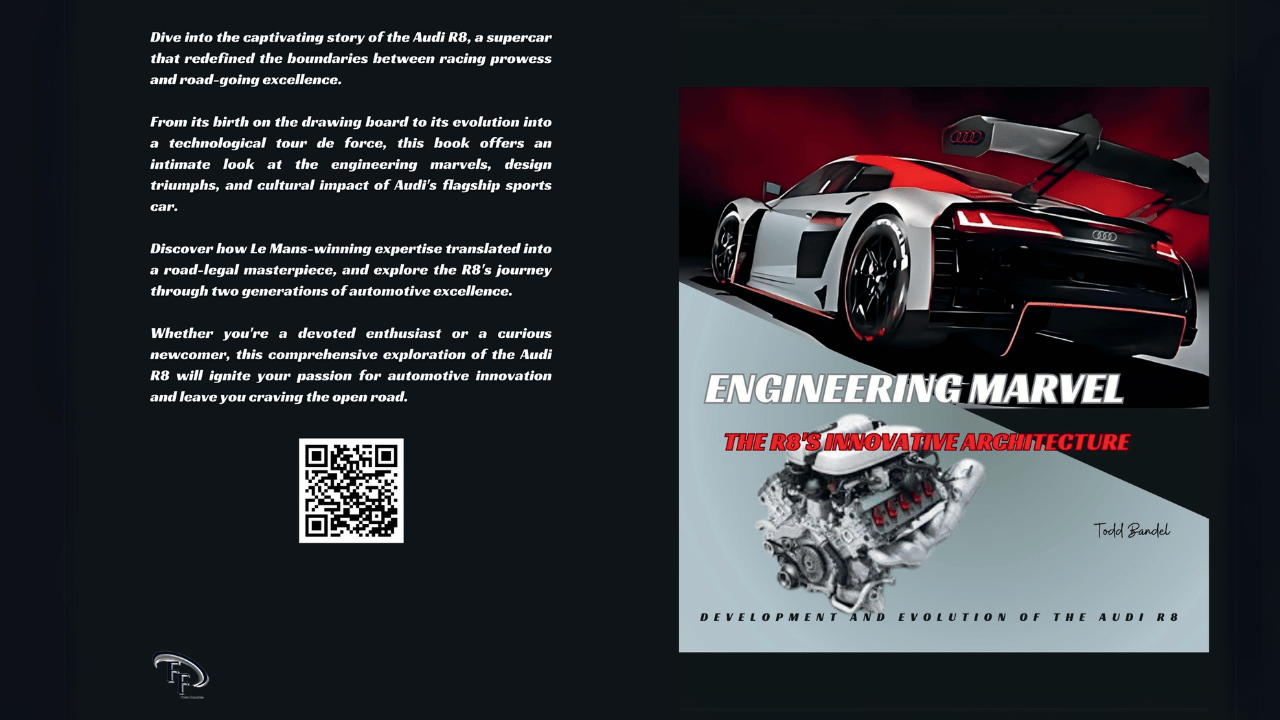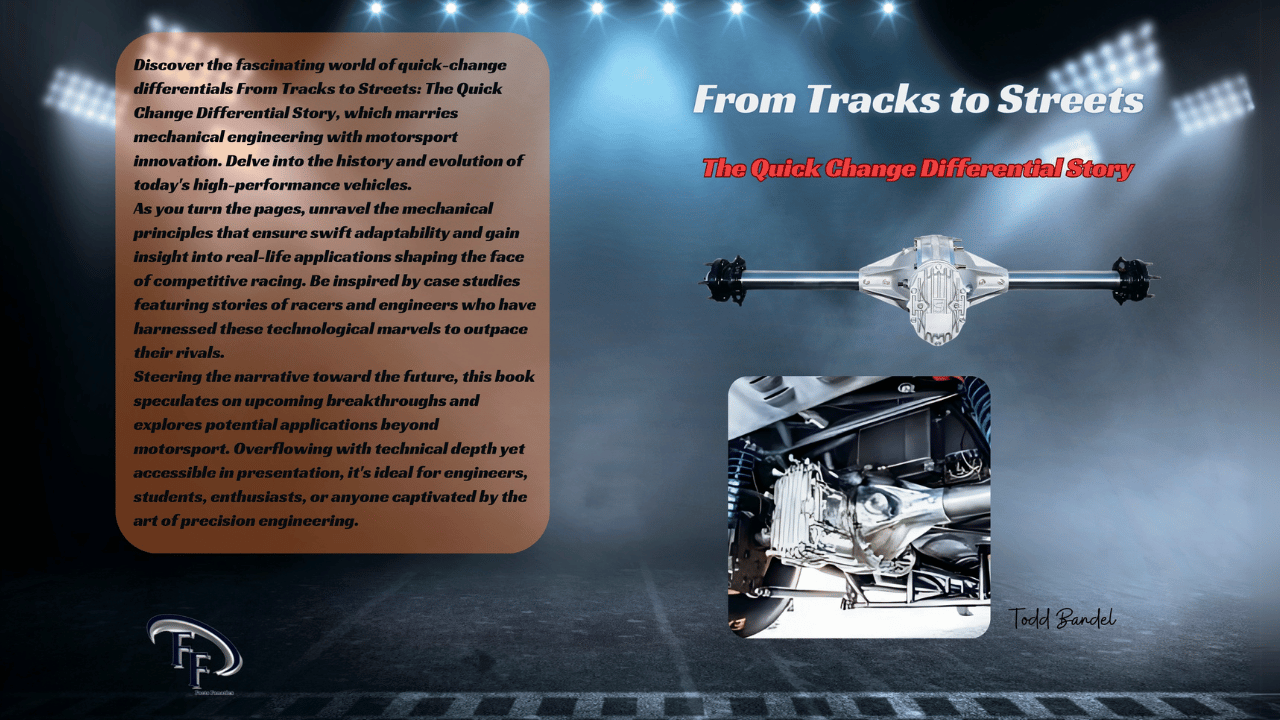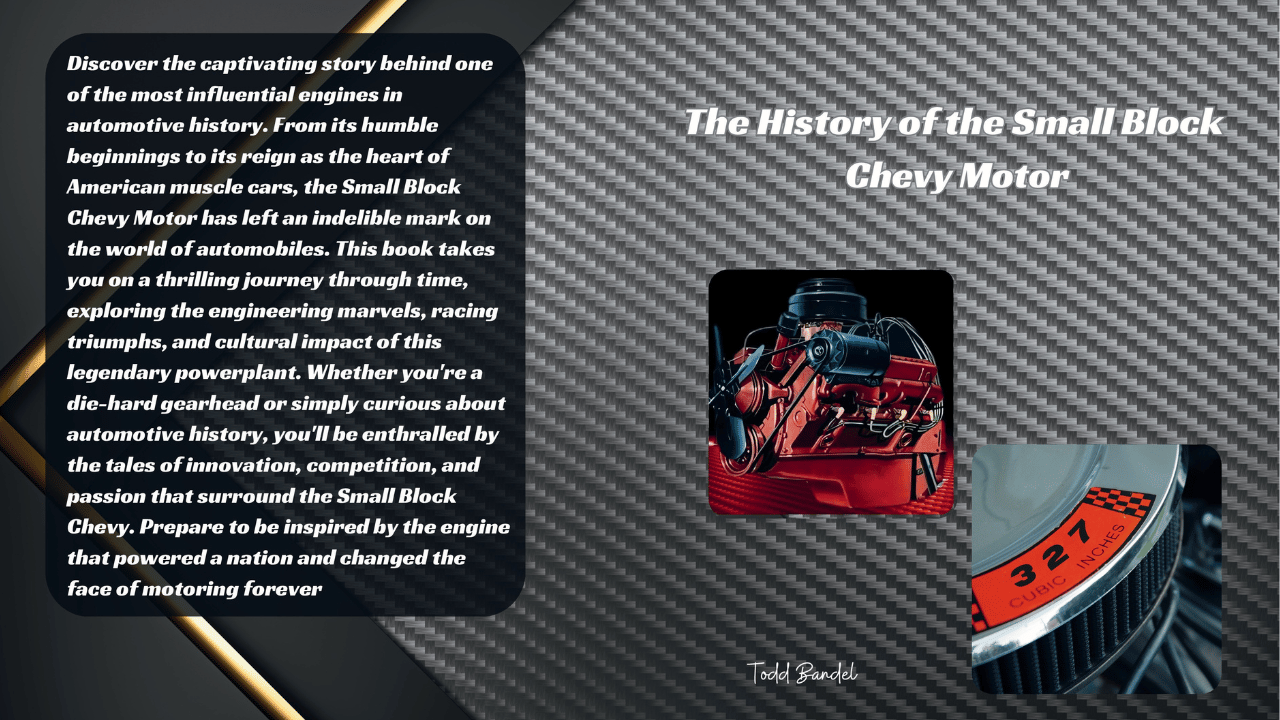Lamborghini Gallardo: A Decade of Domination
Explore the history of the Lamborghini Gallardo, its revolutionary design, models, and engineering prowess that made it an icon.
Welcome to Mechanicaddicts. As an Amazon Associate, we earn from qualifying purchases (at no cost to you) from links found within these pages if you choose to buy something.
The Lamborghini Gallardo is rightly considered one of the most iconic luxury sports cars of all time. With breathtaking design, unmatched performance, and a lineage that ties it to the legacy of Lamborghini, the Gallardo captured the hearts of car enthusiasts, engineers, and luxury lovers alike.
When Lamborghini introduced the Gallardo in 2004, it marked a significant turning point for the brand, launching its first entry-level model under Audi's ownership and setting new benchmarks for innovation, style, and engineering.
If you’re a car enthusiast or someone who appreciates the intersection of design and engineering, buckle up as we take you through the remarkable history of the Lamborghini Gallardo.
Introduction to the Lamborghini Gallardo
The Lamborghini Gallardo is a high-performance sports car produced by Lamborghini from 2003 to 2013. During its production run, it was the best-selling Lamborghini model and was named after a famous Spanish bullfighter. Luc Donckerwolke designed the Gallardo, the first Lamborghini to be produced in large numbers. In this article, we will explore the performance, design, and features of the Lamborghini Gallardo.
About This Book
This comprehensive book delves into the rich history and evolution of the Lamborghini Gallardo, tracing its journey from concept to iconic supercar.
Through a detailed exploration of its design, engineering, and performance innovations, the book chronicles the Gallardo's impact on Lamborghini's brand and the wider automotive industry.
It offers an in-depth look at special editions, racing accomplishments, and technological advancements, culminating in an analysis of the Gallardo's enduring legacy in supercar history.
Lamborghini Gallardo’s Birth and Background
When Lamborghini first unveiled the Gallardo at the 2003 Geneva Motor Show, it was a definitive moment in the brand’s history. Named after a famous breed of Spanish fighting bulls, the Gallardo carried Lamborghini’s tradition of naming its cars after elements rooted in bullfighting.
This mid-engine sports car was a bold step aimed at expanding the company’s lineup and competing in the growing market of high-performance, lower-displacement cars alongside the Porsche 911 Turbo and Ferrari 360 Modena. Lamborghini released various special editions of the Gallardo over the years.
The Gallardo wasn’t just another supercar—it represented a shift in Lamborghini’s strategic direction. With parent company Audi at the helm (following Lamborghini’s acquisition in the late 1990s), the Gallardo marked Lamborghini’s first serious attempt to marry Italian flair with German engineering precision. The Lamborghini Gallardo Squadra Corse, as the final version of the Gallardo, highlighted its lightweight design, enhanced aerodynamics, and race-derived features.
Key Specifications at Launch
- Engine: 5.0-liter V10, naturally aspirated
- Horsepower: 500 HP
- Top Speed: 192 MPH (309 km/h)
- Acceleration: 0-60 MPH in 4.1 seconds
- Transmission: 6-speed manual or automated 'E-gear'
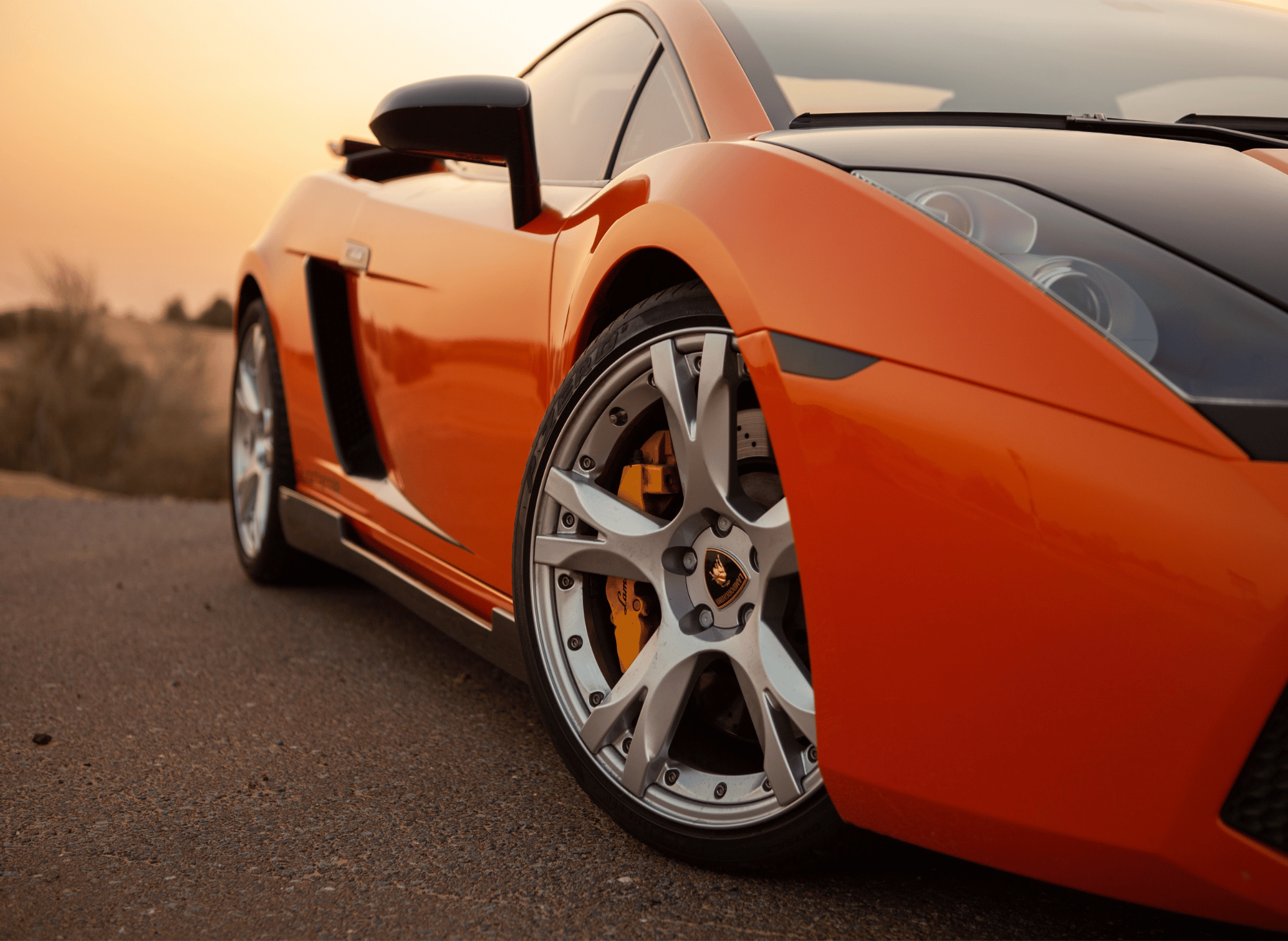
Its compact design and impressive V10 performance made the Gallardo a perfect entry point into the world of Lamborghini without compromising the adrenaline and exclusivity expected from the brand.
The Evolution of the Gallardo Models
Over its 10-year production run, Lamborghini honed and perfected the Gallardo’s engineering and design, releasing various models with incremental improvements and exciting features. For instance, the Gallardo LP 560-4 Spyder boasts significant enhancements in engine power, suspension, structure, aerodynamics, and overall dynamics compared to the previous Gallardo Spyder.
Gallardo Spyder (2005)
Two years after the Gallardo's initial release, Lamborghini unveiled the Gallardo Spyder—its convertible variant. This model offered the thrill of open-top driving while maintaining the performance benchmarks set by its coupe counterpart. With a reinforced chassis and electronically controlled soft-top, the Spyder appealed to drivers who wanted an extra layer of exhilaration.
Gallardo Superleggera (2007)
The Superleggera (Italian for "super light") was Lamborghini's bold take on a track-inspired version of the Gallardo. Due to the extensive use of carbon fiber, it weighed 220 pounds less than the standard model and further enhanced performance, pushing 530 horsepower. Its aggressive aerodynamics and precision driving dynamics made it a favorite among purists.
Gallardo LP560-4 Revamp (2008)
Perhaps the most significant shift in the Gallardo lineup came in 2008 with the introduction of the LP560-4. The model's name offers a clue—560 horsepower and a permanent all-wheel-drive system. This was the first significant facelift for the Gallardo, featuring:
- Redesigned front and rear styling
- Upgraded 5.2-liter V10 engine with direct injection
- Improved aerodynamics, reducing drag and increasing stability
- Quicker acceleration (0-60 MPH in 3.7 seconds)
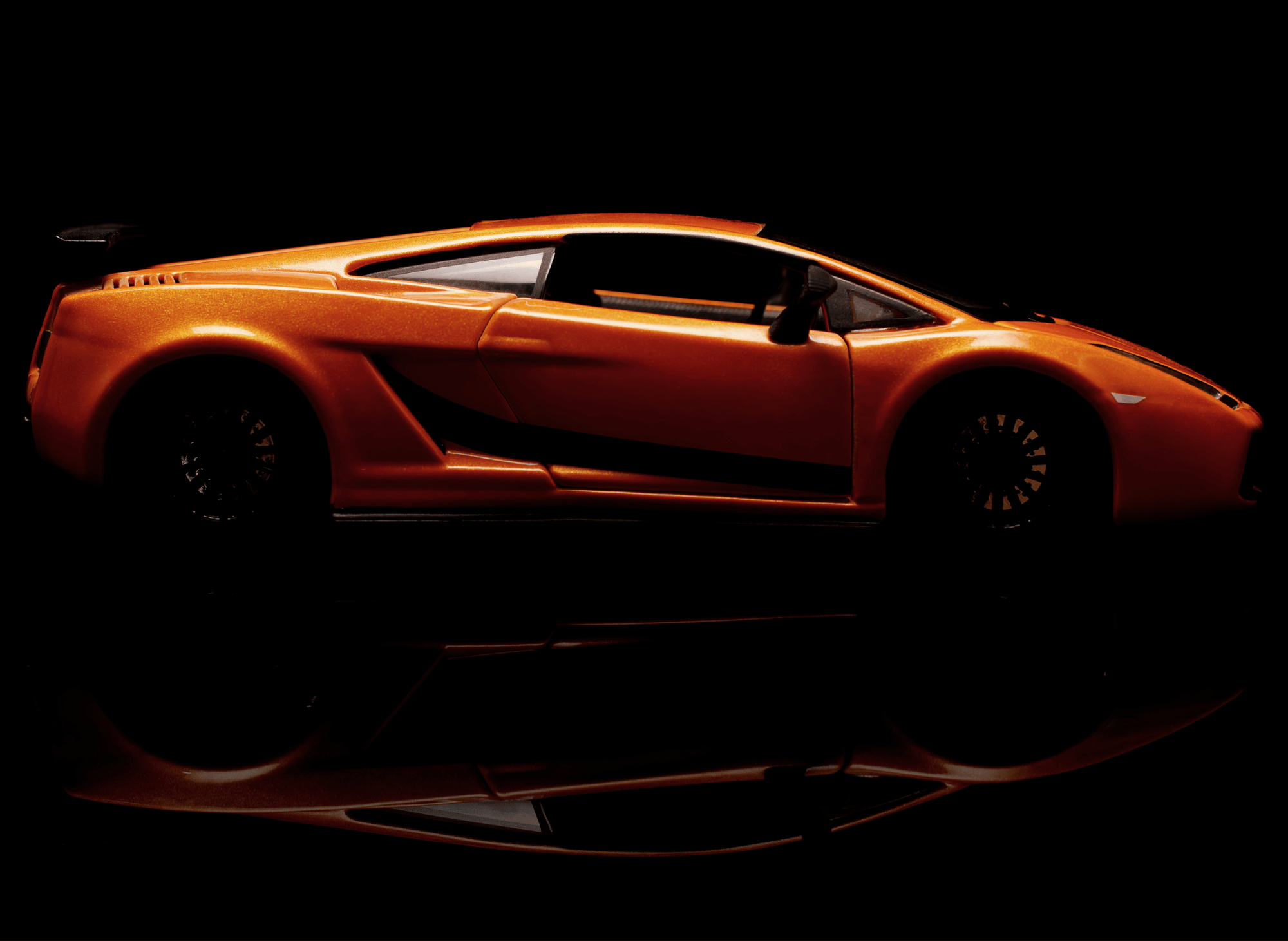
With these changes, Lamborghini pushed the Gallardo into a new realm of performance and luxury.
Special Editions and Limited Runs: Lamborghini Gallardo Squadra Corse
The Gallardo’s success also inspired Lamborghini to create several limited-edition models. Some of the standout versions include:
- Gallardo Valentino Balboni Edition (2009)
Named after Lamborghini’s legendary test driver, Valentino Balboni, this limited edition was a unique rear-wheel-drive variant, offering enthusiasts a purer, more visceral driving experience.
- Gallardo LP 570-4 Super Trofeo Stradale (2011)
A road-legal version of Lamborghini’s one-make racing series car, this variant offered uncompromising track performance.
- Gallardo Squadra Corse (2013)
This was the final send-off for the Gallardo, with a design inspired by Lamborghini’s racing division. It featured aggressive styling, lightweight materials, and a remarkable 570-horsepower output, making it one of the most desirable models in the lineup. The Lamborghini Gallardo Squadra Corse also boasted race-derived features and was produced in limited numbers, emphasizing its exclusivity.
Performance and Handling
The Lamborghini Gallardo is known for its exceptional performance and handling. It was powered by a V10 engine that produced 493 horsepower and could reach a top speed of 192 mph. The Gallardo also featured a 6-speed manual transmission and all-wheel drive, making it a formidable opponent on the road.
Enhanced Performance
The Gallardo LP 560-4 Spyder is an entirely new model that expands on the Gallardo LP 560-4 concept. It features a new engine, permanent all-wheel-drive, and new suspensions for enhanced handling.
The spyder body has a more rigid structure for better stability and optimized aerodynamics improve the vehicle’s overall performance. The Gallardo LP 560-4 Spyder also has reduced weight for better agility and optimized internal friction for improved efficiency.
Design and Features
The Lamborghini Gallardo has a sleek and aggressive design that is characteristic of Lamborghini’s style. It features a glass engine cover, rear trim, and carbon fiber accents throughout the interior and exterior.
The Gallardo also has a distinctive rear wing and painted brake calipers, contrasting with the rest of the car. The interior features a steering wheel with a flat bottom and a range of optional features, such as carbon ceramic brakes and a front lift option.
Some notable special editions of the Gallardo include the Superleggera, Valentino Balboni edition, Super Trofeo, and Squadra Corse. These models feature unique design elements and performance upgrades, making them highly collectible. The Gallardo Nera, for example, features a unique Nero Noctis paint job and a range of carbon fiber accents.
Ceramic Brake Rotors in Lamborghini Supercars
Lamborghini has long been at the forefront of integrating high-performance technology into its supercars, and ceramic brake rotors are a prime example.
Ceramic brakes offer a significant advantage over traditional steel rotors by providing superior stopping power, enhanced heat dissipation, and a lighter overall package. These rotors are crafted from a composite material primarily made of ceramic, known for its ability to withstand high temperatures—making them ideal for performance vehicles frequently subjected to intensive braking conditions.
The innovative design of ceramic brake rotors ensures that they maintain their performance even under the most demanding conditions, such as track driving or high-speed maneuvers.
Moreover, their reduced weight compared to traditional rotors contributes to the overall agility and handling of Lamborghini vehicles, enhancing acceleration and response. Ceramic brakes also have the added longevity benefit, as they are more resistant to wear and tear, resulting in less frequent replacements and maintenance.
The investment in ceramic brake technology underscores Lamborghini's commitment to pushing the boundaries of engineering and performance in the automotive world, providing drivers with the confidence and control needed to fully experience the power of their supercars.
Whether on a track or navigating the streets, Lamborghini's ceramic brake rotors are a testament to the brand's dedication to precision and safety in its high-performance vehicles.
Engineering and Design Legacy
The Lamborghini Gallardo wasn’t just about speed—it was a masterclass in engineering and design. The car featured a rigid aluminum space frame for optimal weight distribution and handling, with an interior blending minimalist design and luxurious materials.
The Gallardo’s V10 engine was also a defining feature, offering a perfect balance of raw performance and manageable power output. Its brilliant exhaust note remains one of the most celebrated aspects of the car, resonating with enthusiasts even today.
Beyond its technical prowess, the Gallardo stood out for its striking exterior design, with sharp angles and an aggressive stance that embodied Lamborghini’s signature aesthetic. The front hood, with its black accents and carbon fiber details, added to the car's aggressive styling and aerodynamic performance. It also incorporated advancements in aerodynamics to improve stability at higher speeds.
The Numbers Behind the Icon
When Lamborghini ceased production of the Gallardo in 2013, it achieved numbers that were not previously achieved by Lamborghini. With 14,022 units sold, the Gallardo became the best-selling model in Lamborghini history at the time. This level of success solidified Lamborghini's place as a major player in the world of supercars.
From Gallardo to Huracán
The Gallardo may have driven off into the sunset in 2013, but its legacy continues through its successor—the Lamborghini Huracán. Taking the best aspects of the Gallardo and refining them with new technology, the Huracán has gone on to further Lamborghini’s dominance in the world of luxury sports cars. However, the Gallardo remains a symbol of Lamborghini’s innovative spirit and its ability to strike a chord with car lovers across the globe.
Why the Gallardo Still Matters Today
Even nearly a decade after its production ended, the Lamborghini Gallardo is still highly regarded by car enthusiasts, collectors, and automotive engineers as a turning point in both Lamborghini’s history and the world of supercars.
Its design, versatility, and engineering excellence are benchmarks that inspire vehicles to this day. The Gallardo's design and performance were heavily influenced by race car technology, showcasing features that make it suitable for both road use and competitive racing environments.
Whether you’re an automotive engineer looking to study a groundbreaking piece of machinery or a luxury car lover dreaming of owning your own, the Lamborghini Gallardo is a testament to the apex of craftsmanship and imagination.
For those passionate about refining their understanding of iconic vehicles like the Gallardo, we recommend exploring content from our partners in automotive innovation. Stay tuned for more stories breaking down the legends of luxury automotive history!
Explore the history of the Lamborghini Gallardo, its revolutionary design, models, and engineering prowess that made it an icon in the world of supercars.
Frequently Asked Questions About the Lamborghini Gallardo
1. What Is the Top Speed of the Lamborghini Gallardo?
The top speed of the Lamborghini Gallardo varies depending on the specific model, but on average, it can reach speeds of over 200 mph (321 km/h). The fastest version, the Superleggera, has a top speed of 202 mph (325 km/h).
2. How Fast Does the Lamborghini Gallardo Accelerate From 0 to 60 Mph?
Again, this depends on the exact model and specifications, but most versions of the Gallardo can go from 0 to 60 mph in around 3-4 seconds. The Superleggera is the fastest, with an acceleration time of just 3.4 seconds.
3. What Makes the Lamborghini Gallardo So Special?
The Lamborghini Gallardo is a highly sought after and prized sports car, known for its sleek design, powerful engine, and impressive performance. It also holds a significant place in Lamborghini's history as their top-selling model ever.
4. How Many Versions of the Lamborghini Gallardo Were Produced?
In total, there were 32 different versions of the Lamborghini Gallardo produced between 2003 and 2013. This includes special editions such as the LP560-4 Polizia (used by Italian police) and LP550-2 Balboni (named after Lamborghini's test driver).
5. Is the Lamborghini Gallardo a Practical Car for Everyday Use?
While the Lamborghini Gallardo is primarily designed as a high-performance sports car, it can also be used as a daily driver. It has features such as all-wheel drive and a relatively spacious interior that make it more practical than other supercars.
However, it may not be the most practical choice due to its low ground clearance and fuel consumption. Overall, the Gallardo is best suited for those who want an exhilarating driving experience rather than day-to-day practicality.
Our Conclusion
The Lamborghini Gallardo is a high-performance sports car with exceptional performance, handling, and design. With its powerful V10 engine, all-wheel drive, and sleek design, the Gallardo is a formidable opponent.
The Gallardo is a great choice whether you’re looking for a daily driver or a collector’s item. With its range of special editions and optional features, there’s a Gallardo to suit every taste and budget.
Thank you for reading, and enjoy this book!
Your friend,
Todd
#Lamborghini #Gallardo #Supercar #LuxuryCar #ItalianDesign #V10Engine #Performance #ExoticCar #AutomotiveExcellence #Speed


